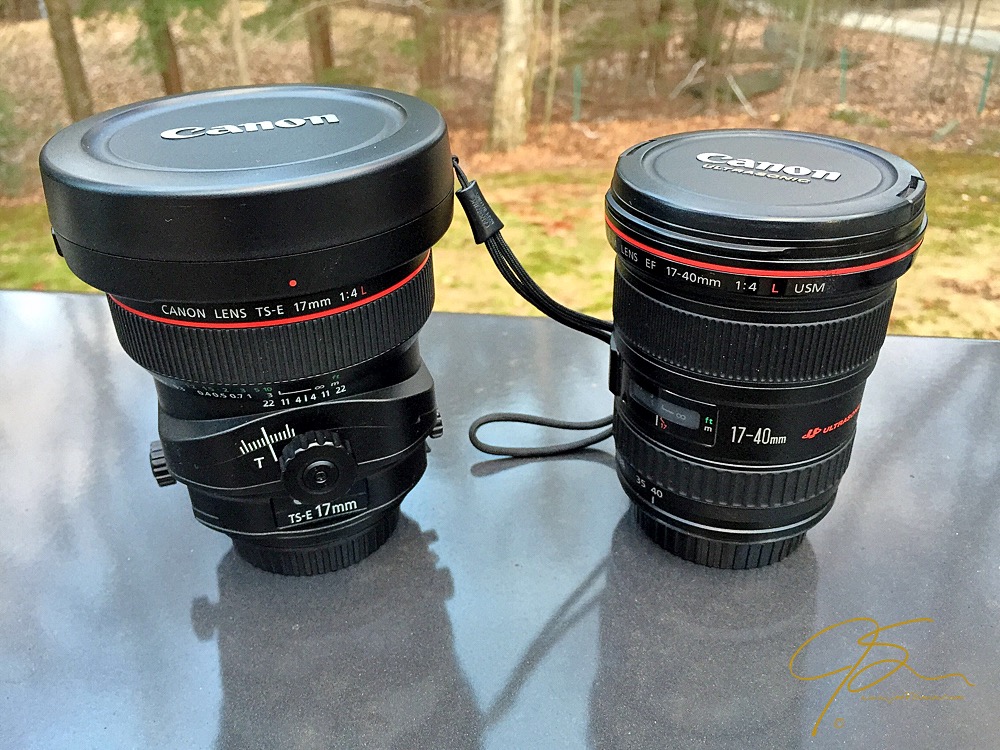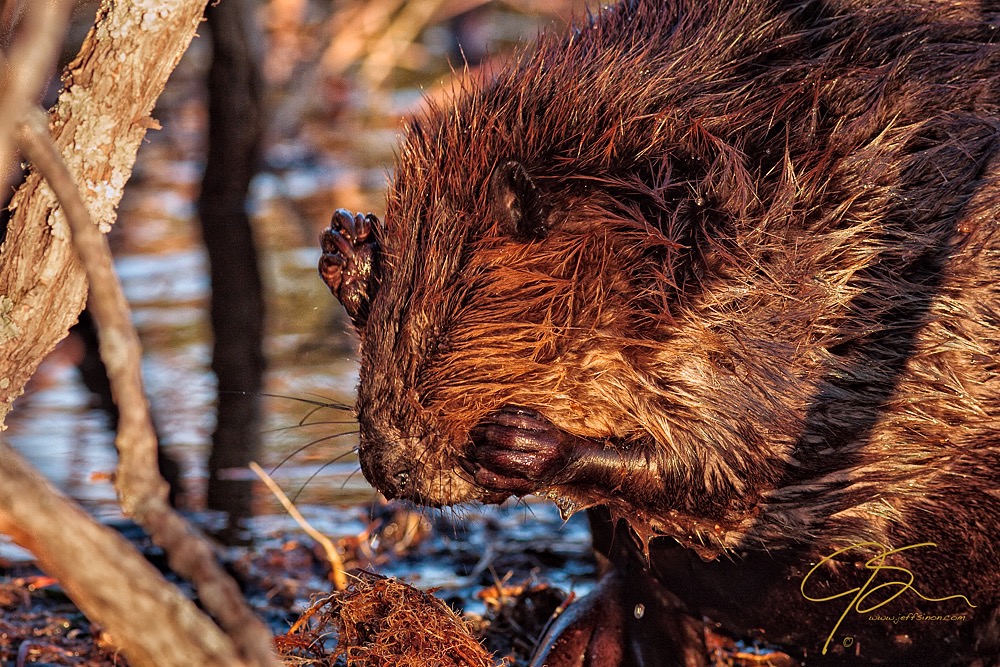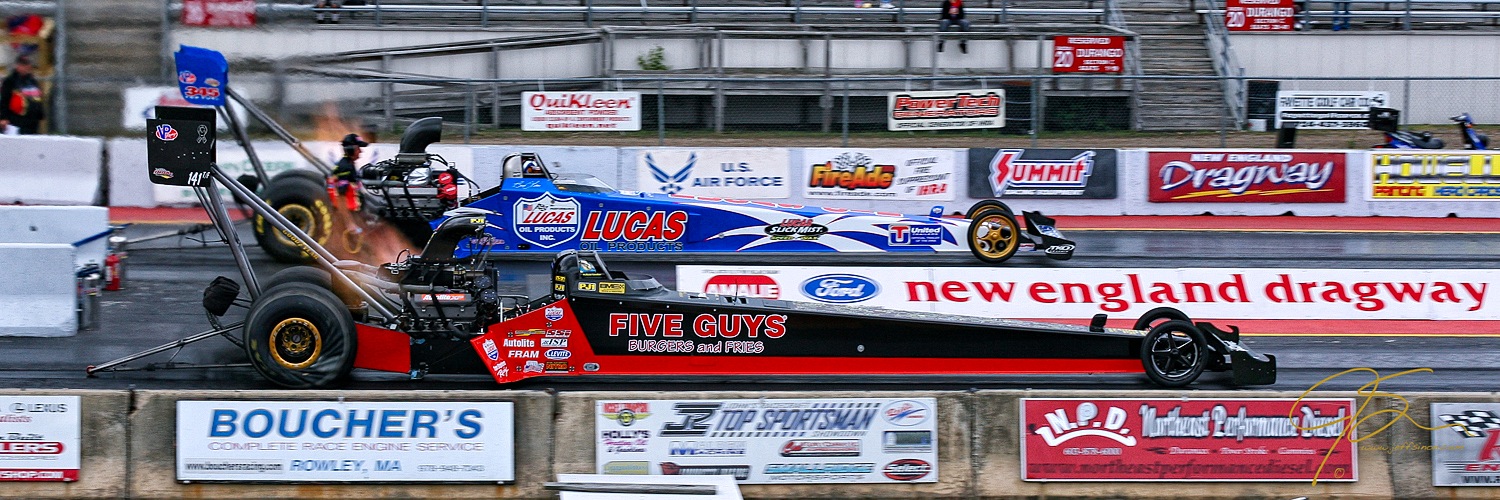A while ago fellow photographer and Craftsy Photography Blog regular, Nicholas Donner wrote a post titled “Why are camera lenses so expensive?” This post is a great read on why some lenses are so much more expensive than others.
For the reader, one important question still remains: Do I need to invest in a more expensive lens? In this article, I’m going to talk about whether or not you actually need the more expensive lenses to make good, or even great, photographs. Additionally, what sorts of situations are ones where you may want to consider spending the big bucks on a lens?
Making great photos with cheap lenses —
If someone tells you that the only way to make good photos is with the most expensive lenses made by the top manufacturers like Canon or Nikon, I would suggest you stop listening to this person because they have no idea what they are talking about.
Very expensive lenses do have their advantages in certain situations, but they are NOT required to make a good picture. In fact, for the casual hobbyist photographer high end lenses may even be a waste of money. If you’re not using high end lenses to their full potential, or don’t really need the features like better weather sealing or image stabilization, the budget alternative will be more than adequate for your needs.
The photo above of the Cocheco River in downtown Dover, NH was made using a ProMaster 17-50 f/2.8 lens. The Promaster is a cheap knockoff of the Tamron 17-50 and I only paid a little over $200 (used) for it. This cheap little lens had been very good to me too. To this day I’ve sold more prints of photos made using this inexpensive lens than any of the high end Canon lenses I currently own.
There are times when nothing but the best will do —
Now let’s talk about why you should buy the best and most expensive lenses. Below, are four reasons to consider buying more expensive lenses.
1. Weather sealing

I’ll photograph in just about any weather condition from a light rain to near whiteout conditions in sub-zero temperatures. As such all of my lenses are weather sealed Canon “L” lenses (Note: not all of Canon’s “L” lenses are weather sealed). The extra cost associated with this added level of protection is worth it when I have to get the shot no matter what Mother Nature is throwing at me.
2. Resistance to lens flare
 When photographing sunrises or sets, or for that matter any situation where you’re shooting directly into the light source, you run the risk of capturing lens flare. Lens flare is caused by light reflecting off of the inner elements of the lens. Wherever there is an air and glass interface there is the possibility of reflections. Through better, generally more expensive lens coatings, lens flare is kept under control.
When photographing sunrises or sets, or for that matter any situation where you’re shooting directly into the light source, you run the risk of capturing lens flare. Lens flare is caused by light reflecting off of the inner elements of the lens. Wherever there is an air and glass interface there is the possibility of reflections. Through better, generally more expensive lens coatings, lens flare is kept under control.
The above image was captured using the previously mentioned ProMaster 17-50mm lens. Notice the large orange/pink blobs hovering over the sand as well as to the left of the sun. That’s some pretty bad lens flare and a pain to try to correct during post processing.
Now look at the image below. In this unedited RAW file you can see one very easily correctable bit of lens flare, the hot pink bright spot towards the lower left of the image. Photographed in the same type of setting, directly into the sun, as the photo above, there is much less lens flare to deal with. The lens used for this shot was the Canon 17-40 f/4L. The ProMaster lens retailed at the time for a little over $300, while the Canon retails for around $850. The above photo is almost unusable, while the spot healing brush in Lightroom will take care of the minimal flare in the photo below with no problem.

3. Build quality
 Better and more expensive lenses are almost always built better. Not only are the glass elements within the lens usually of much higher quality than their budget counterparts, but the rest of the lens is made with more metal and less plastic.
Better and more expensive lenses are almost always built better. Not only are the glass elements within the lens usually of much higher quality than their budget counterparts, but the rest of the lens is made with more metal and less plastic.
I don’t baby my gear, my lenses are tools that I use to earn some income and I need to depend on them. Because of this, I buy good quality lenses that are built strong enough to take anything I can throw at them and still deliver crisp clear photos.
4. Fast autofocus

Wildlife rarely sits still for very long, so a lens that focuses quickly and accurately is very important. Most budget lenses I’ve tried focus noticeably slower than the better quality lenses do. Good lenses also focus more quietly as well.

Fast autofocus also comes into play with another subject I occasionally like to photograph, drag racing. Things happen fast in drag races. Top Fuel cars can go from a standing start to over 300 miles per hour in about 5 seconds. A camera lens that can keep up is a must.

Share tips, start a discussion or ask one of our experts or other students a question.
No Responses to “Do You Need Expensive Lenses?”